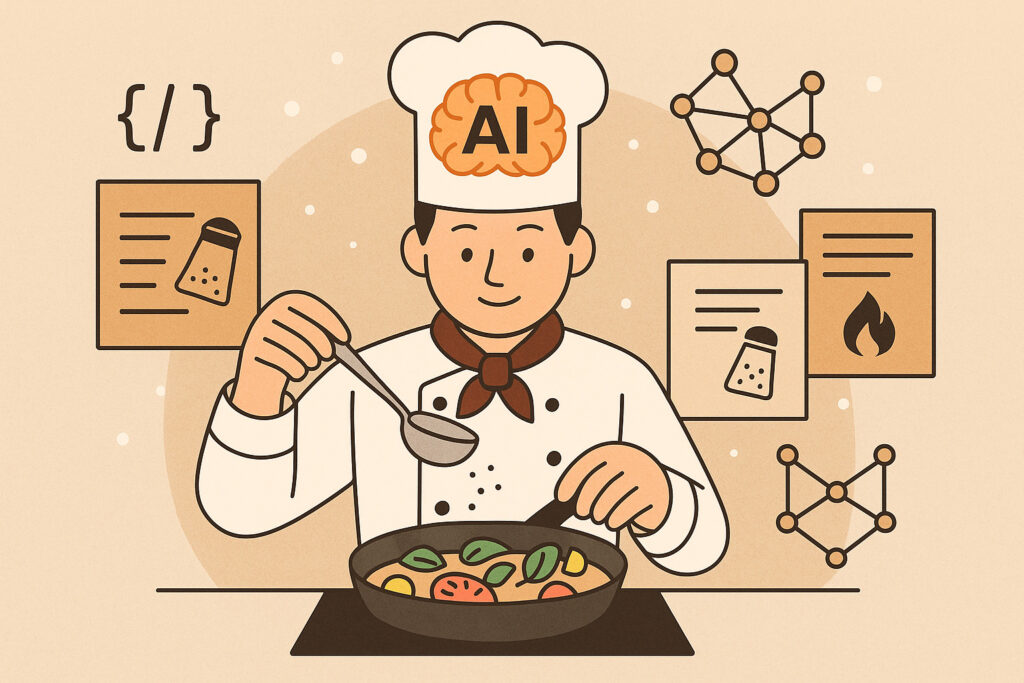🤖 What Are Model Weights? The Blueprint Inside AI’s “Mind”

When discussing the rapid evolution of generative AI and large language models (LLMs), one term often comes up: model weights.
Recently, Elon Musk’s xAI made headlines by releasing the weights of its Grok 2.5 model, drawing attention from business leaders and technologists alike. But what exactly are model weights, and why do they matter?
📊 Model Weights = AI’s “Experience” in Numbers
AI systems learn by analyzing vast amounts of data. Through training, they assign numerical values to determine which features are most important. These values are called model weights.
With millions—or even billions—of such parameters, weights shape how AI generates text, recognizes images, or makes predictions.
🎯 Everyday Analogies
- 🎹 Music: Imagine AI as a pianist and the sheet music as its architecture. The model weights determine how strongly each key is pressed. The same score can sound completely different depending on these choices.
- ⚽ Sports: Think of AI as a soccer player. Decisions like “pass here” or “shoot now” represent weights—intuitive judgments refined through practice.
- 🍳 Cooking: Picture AI as a chef and the recipe’s measurements as the weights.
- Which ingredients (data) to combine
- How much salt to add (weighting)
- Whether to fry or simmer (processing method)
These numeric “rules” guide how the final dish—the AI’s output—comes together.
In short, model weights are the quantified rules and experiences that define how AI behaves.
🔑 Key Points
- 🧠 The result of training: Model weights are the optimized outcomes of AI learning.
- 🔄 Reusable when open-sourced: By releasing weights, researchers and companies can adapt them to build custom AI solutions.
👉 Put simply, publishing model weights is like revealing the finely tuned “knobs and levers” inside AI’s brain. They are, in essence, the blueprint of how AI thinks.
🌍 Real-World Examples
🦙 Meta (LLaMA series)
Since 2023, Meta has gradually released its LLaMA models to researchers and developers. This move opened the door for startups and institutions worldwide to customize models, greatly accelerating AI innovation.
🧩 OpenAI (GPT-2)
While OpenAI’s latest GPT models remain closed, it fully released GPT-2 after initially limiting access due to misuse concerns. This decision broadened research opportunities and inspired new applications.
🚀 xAI (Grok series)
In August 2025, Elon Musk’s xAI published the Grok 2.5 weights on Hugging Face and announced that Grok 3 would follow within six months, once again shaking the industry.
📈 Business Implications
For startups, open model weights offer a cost-effective foundation for building services. For large enterprises, they reshape competitive dynamics and speed up AI deployment. Choosing “which weights to use” is fast becoming a strategic business decision.
✅ Conclusion
Though technical in nature, model weights are best understood as “the recipes AI uses to think.” By understanding both the concept and real-world examples, business leaders can better interpret AI news and anticipate the technology’s impact on their strategies.